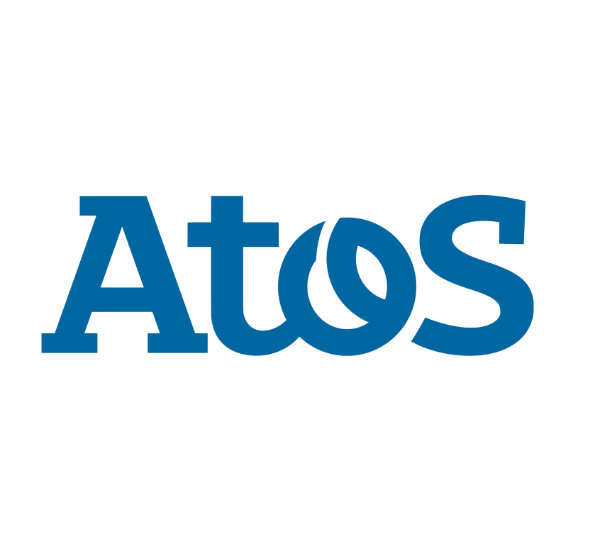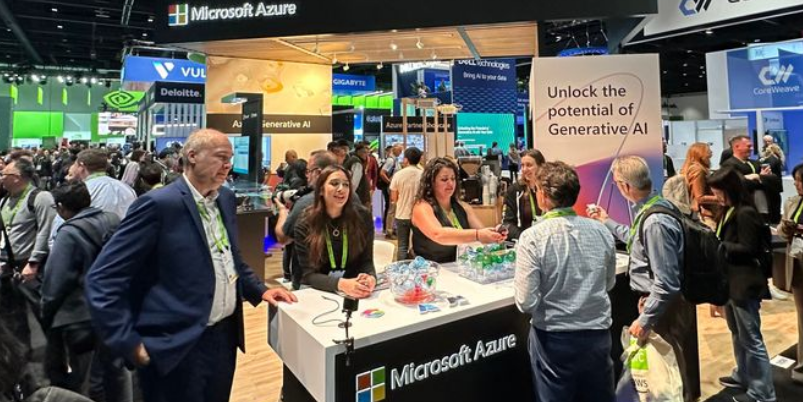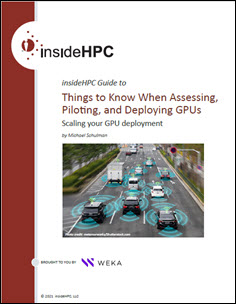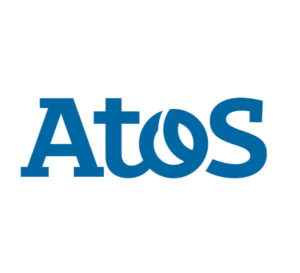 Atos, with its BullSequana line of supercomputers, will no doubt be a prominent player at this year’s ISC conference. While ISC is an international HPC event, it has, after all, a strong European flavor – even if this year’s edition isn’t in Frankfurt but instead is virtual (for the last time, we hope).
Atos, with its BullSequana line of supercomputers, will no doubt be a prominent player at this year’s ISC conference. While ISC is an international HPC event, it has, after all, a strong European flavor – even if this year’s edition isn’t in Frankfurt but instead is virtual (for the last time, we hope).
Atos has seen a steady stream of supercomputing wins over the past year, a continuation of an annual progression of late up the HPC rankings. In part this is due the trend of “indigenous technology,” a preference by countries and regions to buy HPC solutions from home-grown vendors. But Atos also is expanding in the Middle East, India and South America, and – according to Agnès Boudot, Atos’ group SVP, head of HPC AI & Quantum – plans to mount a serious effort to build a stronger presence in the American market as well.
On the ISC speaker front, Atos has a line up of six presenters, including Dr. Jean-Pierre Panziera, chief technology director for Extreme Computing, who will share Atos’view on “Trends and Directions in HPC” together with other panelists such as Huawei, Intel and Google; Eric Eppe, global head of solution marketing & portfolio for HPC, AI and Quantum, who will speak on embracing decarbonization in the exascale journey; and Dr. Cedric Bourrasset, AI distinguished expert, HPC-AI sales operations lead, who will speak on BerzeliUs, Sweden’s fastest AI supercomputer (an Nvidia DGX SuperPOD 300-petaflops system sold in partnership with Atos to advancing academic and industry research, housed at the Linköping University).
This last system installation, in Sweden, announced last March, was accompanied by announcements of:
- the first EU supercomputer, ‘Vega,’ based on the BullSequana XH2000 technology infrastructure with 6.9 petaflops of compute power, installed at a supercomputing center in Slovenia and made available to researchers via the European High-Performance Computing Joint Undertaking (EuroHPC JU);
- an Atos Quantum Learning Machine (Atos QLM), a commercial quantum simulator, at the Leibniz Supercomputing Centre (LRZ), of the Bavarian Academy of Sciences and Humanities
- a BullSequana X410 supercomputer, built on the Nvidia A100 Tensor Core GPU architecture and Nvidia Mellanox HDR 200Gb/s InfiniBand networking, at Swansea University to support AI-based academic research
- new contracts announced early this year at the Spanish State Meteorological Agency (AEMET) and late last year at the Irish Centre for High-End Computing;
- and possibly Atos’s most significant win, last November, the sale to Italy’s CINECA supercomputing center of a BullSequana XH2000 supercomputing platform integrated with ParTec’s ParaStation Modulo software; this is 240 petaFLOPS “Leonardo” HPC system.
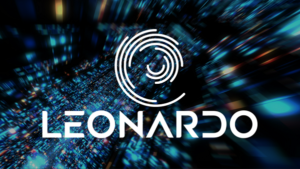 Leonardo is a major European HPC effort. The Leonardo Hosting Entity consortium, composed of the Italian Research Institutions CINECA, INFN and SISSA, and participated by Austria, Greece, Hungary, Slovenia and Slovakia, is co-funded by the Italian Ministry of University and Research and the European Commission through EuroHPC JU, and is thus a significant piece in the EU’s supercomputing ecosystem strategy.
Leonardo is a major European HPC effort. The Leonardo Hosting Entity consortium, composed of the Italian Research Institutions CINECA, INFN and SISSA, and participated by Austria, Greece, Hungary, Slovenia and Slovakia, is co-funded by the Italian Ministry of University and Research and the European Commission through EuroHPC JU, and is thus a significant piece in the EU’s supercomputing ecosystem strategy.
Leonardo features Atos’s DLC (Direct Liquid Cooling) solution, designed to minimize energy consumption by using warm water and with a PUE lower than 1.1. Leonardo, to be installed later this year, will be configured with two partitions, the booster equipped with nearly 14,000 NVIDIA Ampere architecture-based GPUs and the general purpose data centric partition with over 3,000 next-generation CPUs from Intel interconnected with NVIDIA Mellanox HDR 200Gb/s InfiniBand networking. DDN will provide a scalable storage solution with 5PB of flash and 100PB of capacity storage using DDN Exascaler technology.
We recently spoke with Agnès Boudot who, as SVP for HPC, AI and Quantum at Atos, said she regards ISC as major HPC conference for the company, “even if it’s remote this year again – but still, it’s very important.”
Among other conference highlights, Atos will announce an AI offering involving AI chip maker Graphcore and Nvidia.
As for the overall message at ISC, she and Atos will deliver this year to conference attendees, she emphasized continuity.

Agnès Boudot of Atos
“We are pursuing a strategy that is already in place for some years…,” she said, referring a period of time extending back to Atos’ entry into the HPC market about 12 years ago. “We’ve been with our vision for several years already, going through several steps… We are now very recognized on the market, especially first in Europe, where we do have an interesting footprint for sure, and having developed as well in India, in South America – for instance, with Brazil – we have two spots in in Africa, and in the Middle East as well.”
Atos’ HPC product vision, she said, “…is to combine different technologies available on the market, all that is relating to HPC simulation, but also aggregation and bringing AI into our solutions. This is something you can already see with our leading platform, the BullSequana XH2000. We bring to the market the best of the technologies available, we’ve been working with long term technology partners, like Intel, Nvidia, AMD, working closely with Mellanox (now part of Nvidia), for some years.”
As for quantum computing, Agnès Boudot said Atos is focused on the software side, with a strategy that places the processing of specialized, quantum-appropriate workloads alongside upcoming exascale-class workloads.
“We are quite active on the quantum environment as well,” she said. “We have taken the approach so far of working on quantum simulations – so really, not working on the hardware quantum platform (but) working on the application side, working on how to help our end users prepare for quantum technology when quantum accelerators or quantum computers will be ready.”

